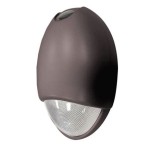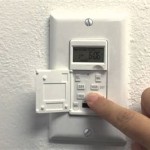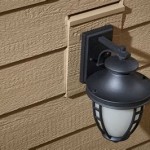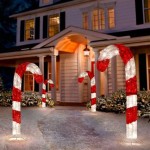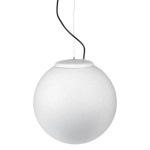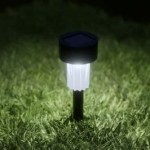A Comprehensive Guide to Essential Aspects of Outdoor Soffit Lights
Outdoor soffit lights, often used to illuminate and enhance the aesthetics of eaves or soffits, provide both functional and decorative benefits. Understanding their essential aspects is crucial for selecting and installing the most suitable soffit lights for your outdoor space.
Types of Outdoor Soffit Lights
Outdoor soffit lights come in various types, each offering unique features and applications:
- LED Soffit Lights: Energy-efficient and long-lasting, LED soffit lights produce minimal heat and offer a wide range of color temperatures.
- Fluorescent Soffit Lights: Low power consumption and high light output characterize fluorescent soffit lights, making them suitable for large areas.
- Incandescent Soffit Lights: Traditional incandescent soffit lights provide a warm, inviting glow but have shorter lifespans and higher energy consumption.
Mounting Options
Soffit lights can be mounted in two primary ways:
- Surface Mount: These lights are attached directly to the soffit or eaves, providing easy installation and access for maintenance.
- Recessed Mount: Recessed soffit lights are embedded into the soffit, creating a more streamlined and modern look, but requiring more complex installation.
Materials and Durability
The materials used in outdoor soffit lights play a vital role in their durability and performance:
- Aluminum: Corrosion-resistant and lightweight, aluminum soffit lights are ideal for outdoor use, withstanding various weather conditions.
- Polycarbonate: Durable and impact-resistant, polycarbonate soffit lights are shatterproof, making them suitable for areas with potential hazards.
- Stainless Steel: Long-lasting and resistant to rust, stainless steel soffit lights provide exceptional durability in marine or highly corrosive environments.
Color Temperature and Brightness
Color temperature and brightness are essential factors to consider when choosing outdoor soffit lights:
- Color Temperature: Measured in Kelvin (K), color temperature ranges from warm white (2700-3000K) to cool white (4000-6500K), affecting the ambiance and visibility.
- Brightness: Measured in lumens, brightness determines the amount of light emitted by the soffit lights, ensuring adequate illumination for outdoor areas.
Energy Efficiency and Lifespan
Energy efficiency and lifespan are crucial for reducing operating costs and maintenance:
- Energy Efficiency: Look for soffit lights with high lumen-per-watt ratios and energy-efficient LEDs to minimize energy consumption.
- Lifespan: Consider the average lifespan of the soffit lights, typically measured in hours, to determine the frequency of replacement and maintenance.
Installation and Maintenance
Proper installation and maintenance ensure optimal performance and safety:
- Installation: Follow the manufacturer's instructions for proper installation, considering electrical safety and weatherproofing.
- Maintenance: Regularly clean and inspect the soffit lights, including replacing bulbs or LEDs and cleaning lenses to maintain their functionality and appearance.
Choosing the Right Outdoor Soffit Lights
Selecting the right outdoor soffit lights involves considering factors such as the type of light fixture, mounting option, materials, color temperature, brightness, energy efficiency, lifespan, and installation requirements. By evaluating these essential aspects, you can choose the most suitable soffit lights to enhance the aesthetics, safety, and functionality of your outdoor space.

Outdoor Led Soffit Lighting Astoria Co

Illuminate Your Home S Facade With Outdoor Soffit Lighting In St Louis

Exterior Recessed Soffit Lighting Aspectled

8 Soffit Lighting Ideas For Exterior Perfection Dekor

Soffit Lighting Jellyfish

Outdoor Soffit Lighting Pauls Electric Service

8 Soffit Lighting Ideas For Exterior Perfection Dekor

Outdoor Soffit Permanent Smart Led Color Changing Holiday Lights

Recessed Soffit Lights Why Up Lighting Is The Better Alternative Landscape Pro

Soffit Lighting Installing Outdoor Recessed Lights
Related Posts
